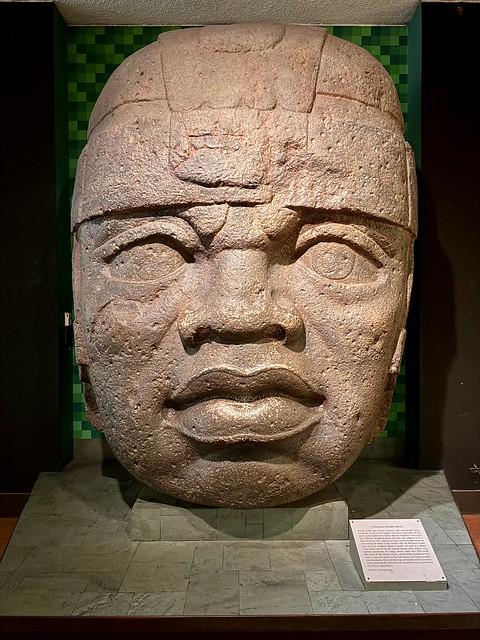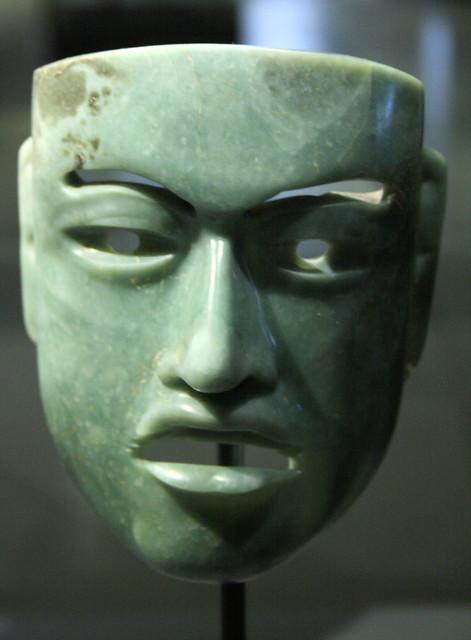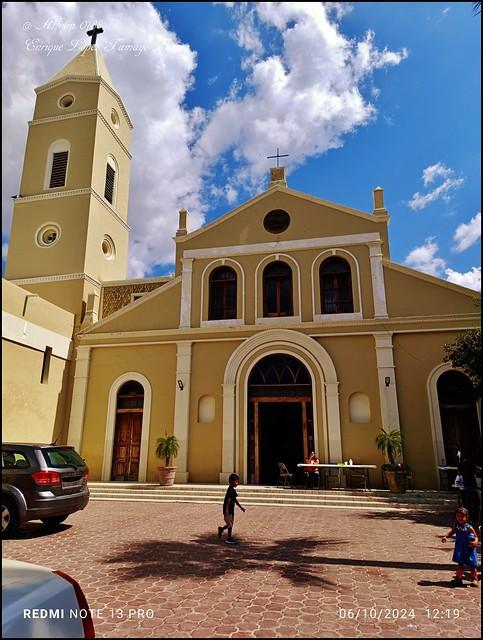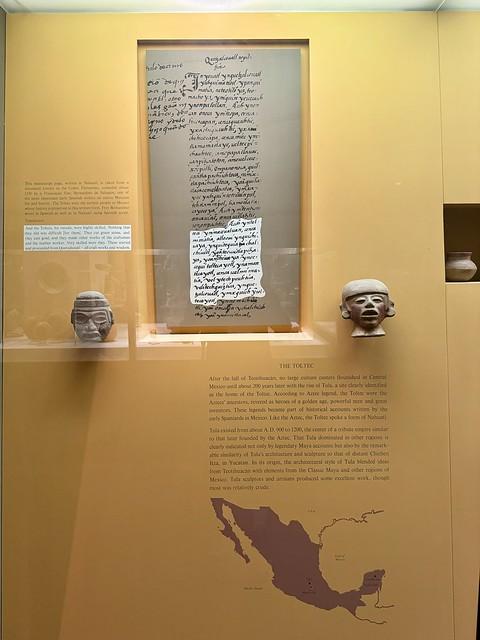Tabasco
Overview
Tabasco, located in the southeastern region of Mexico, is a vibrant state known for its lush landscapes, rich history, and diverse culture. It is a place where ancient traditions blend seamlessly with modern life. The capital, Villahermosa, acts as a gateway to various archaeological sites, most notably the Olmec ruins. The state is renowned for its cacao production, which is deeply embedded in its culture; visitors can explore cacao farms and learn about the chocolate-making process. The Grijalva River, one of the most prominent features of Tabasco, offers beautiful scenery and is essential to the local ecosystem.
The high season for tourism in Tabasco is typically during the dry months from December to April. This period offers the most pleasant weather, with less rainfall and moderate temperatures, making it ideal for exploring the outdoors. During this time, tourists can engage in numerous activities such as visiting the Yumká wildlife reserve, where one can see a variety of local flora and fauna in a semi-natural setting, or exploring the La Venta Museum Park, which houses many important Olmec artifacts and features a zoo. Eco-tourism is popular, with options for river tours and visits to natural reserves, providing ample opportunities for bird watching and nature photography.
Before visiting Tabasco, travelers should prepare by packing appropriate clothing for tropical weather, including light, breathable fabrics and rain gear for sudden showers. It's also advisable to bring insect repellent and sunscreen to protect against mosquitoes and the sun, especially when participating in outdoor activities. Learning some basic Spanish phrases can be incredibly helpful, as it enhances the interaction with local residents and enriches the travel experience. Lastly, ensuring all travel documents are in order, and familiarizing oneself with local customs and regulations will make the journey smoother and more enjoyable.
How It Becomes to This
History not available

You May Like
Explore other interesting states in Mexico
Discover More Area
Delve into more destinations within this state and uncover hidden gems.










